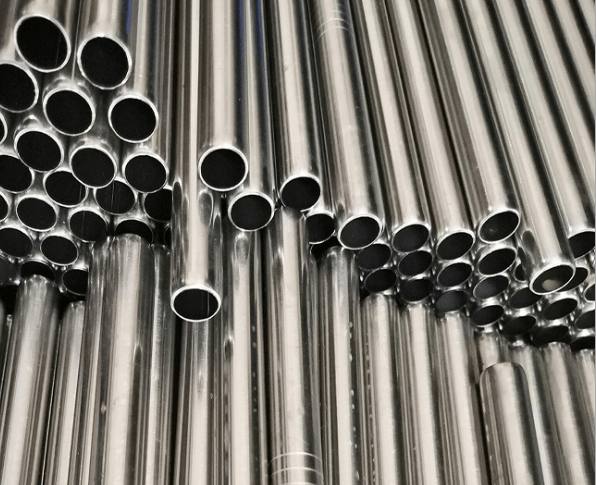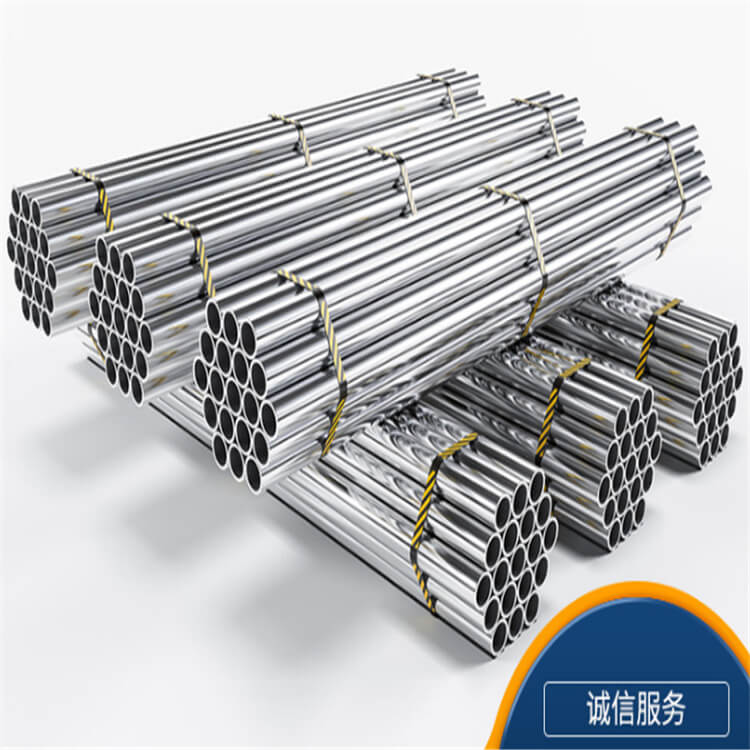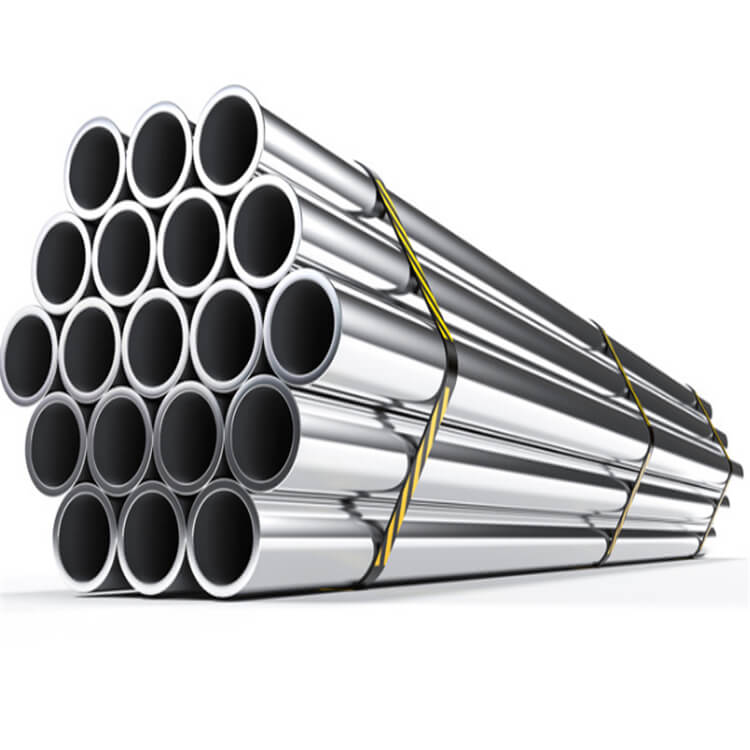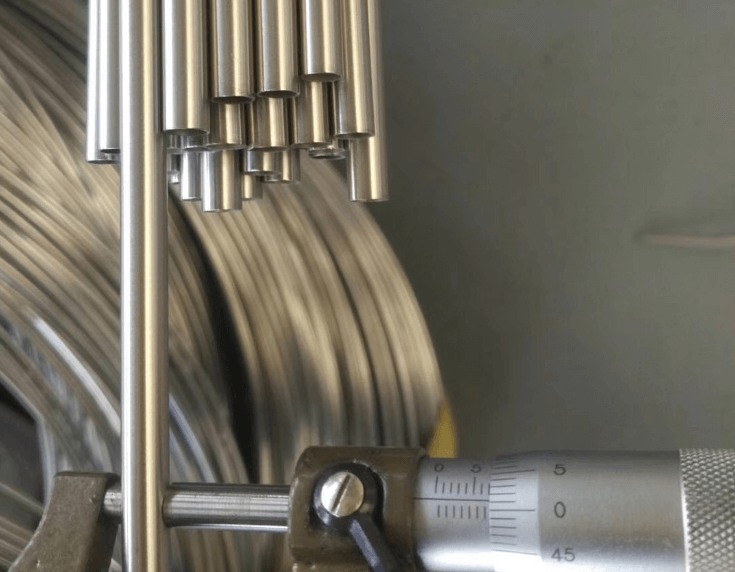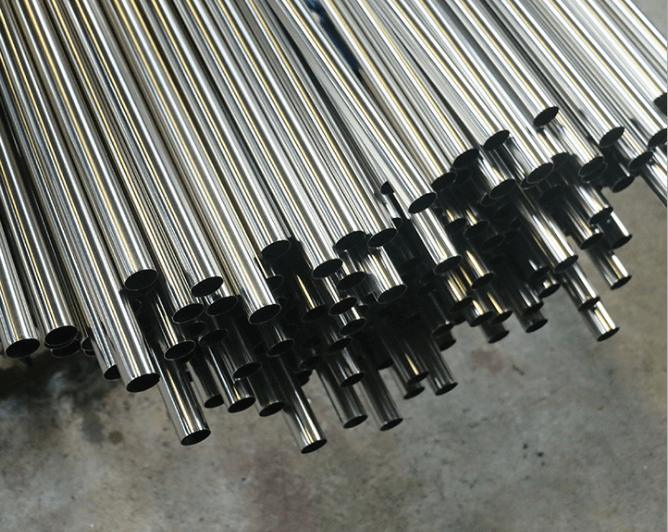Stainless steel is a ubiquitous material in our daily lives, found in everything from kitchen appliances to industrial machinery. When it comes to choosing the right stainless steel for a particular application, understanding the differences between various grades is crucial. In this article, we'll delve into the distinctions between two popular stainless steel grades: 304 and 316. These alloys may look similar, but their composition, properties, and applications set them apart significantly.
Composition and Alloying Elements
304 Stainless Steel
304 stainless steel is primarily composed of chromium and nickel. It contains approximately 18-20% chromium and 8-10.5% nickel, along with small amounts of carbon, manganese, and silicon. This composition gives 304 stainless steel excellent corrosion resistance in most atmospheric environments.
316 Stainless Steel
In contrast, 316 stainless steel boasts a similar chromium content of 16-18%, but it features a higher nickel content, around 10-14%. What sets 316 apart is the addition of molybdenum, typically at 2-3%, which significantly enhances its corrosion resistance. The presence of molybdenum makes 316 stainless steel particularly effective in resisting pitting and crevice corrosion, especially in chloride-rich environments.
Corrosion Resistance
304 Stainless Steel
304 stainless steel offers robust resistance to general corrosion, making it suitable for a wide range of applications, including kitchen appliances, sinks, and architectural elements. It performs admirably in most indoor and outdoor environments, but it may not be the best choice in highly corrosive or saline conditions.
316 Stainless Steel
The inclusion of molybdenum in 316 stainless steel elevates its corrosion resistance to a higher level. This grade is the go-to option for applications exposed to marine environments, chemicals, and chloride-rich substances. It is widely used in industries such as marine, pharmaceutical, and chemical processing, where corrosion resistance is paramount.
Strength and Durability
304 Stainless Steel
304 stainless steel exhibits good tensile strength and durability under typical conditions. It is a reliable choice for structures and equipment that do not require exceptional strength or face aggressive corrosive elements.
316 Stainless Steel
316 stainless steel, with its higher nickel and molybdenum content, offers superior tensile strength and exceptional durability. This makes it ideal for applications in which structural integrity is critical, especially in harsh and corrosive environments.
Cost Considerations
304 Stainless Steel
One of the significant advantages of 304 stainless steel is its cost-effectiveness. It provides adequate corrosion resistance for most applications without breaking the bank. As such, it is commonly used in consumer goods, construction, and automotive industries where cost considerations are essential.
316 Stainless Steel
While 316 stainless steel offers unparalleled corrosion resistance, it comes at a higher cost due to its nickel and molybdenum content. When selecting 316, it's essential to justify the added expenses by considering the severity of the environment and the longevity of the application.
Conclusion
The choice between 304 and 316 stainless steel hinges on the specific requirements of your application. While 304 is a versatile and cost-effective option for many scenarios, 316 shines in harsh environments where corrosion resistance and durability are paramount. Understanding these differences will empower you to make informed decisions when selecting the right stainless steel grade for your project.

